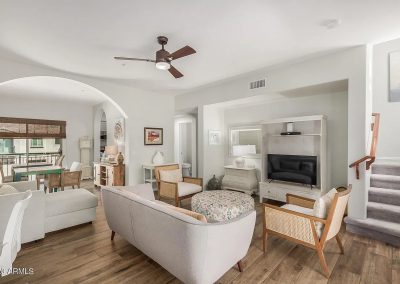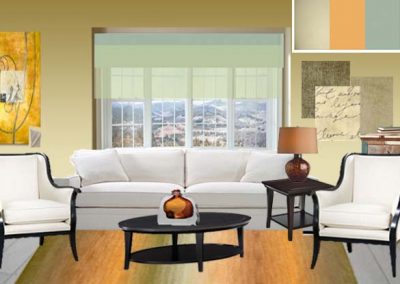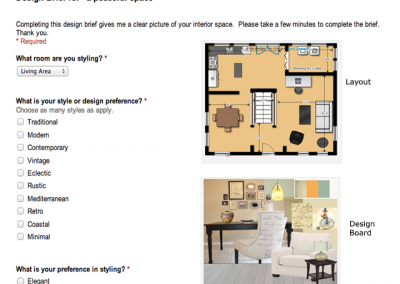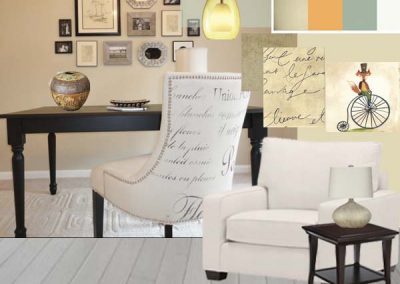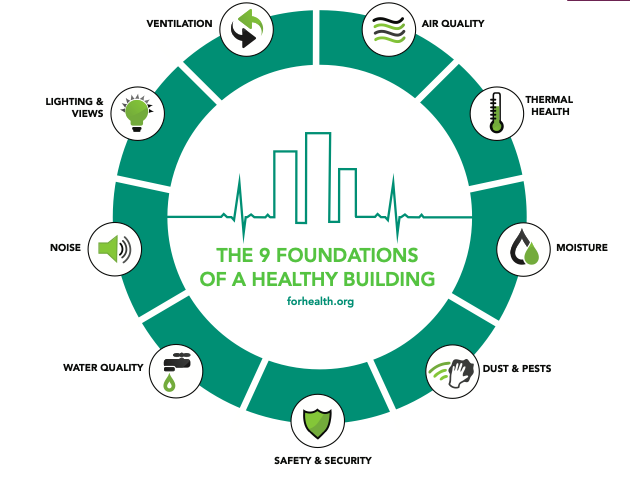Environmental Services
healthy homes
Healthy Spaces
Interior environmental quality becomes increasingly important as we face the impact of indoor air pollution and viral transmissions at home and at work.
Creating Wellbeing
We can create indoor air quality and design our homes and home offices for health and wellbeing. This becomes important as we spend more time at home.
Designing for Health
Work-Life balance involves designing the interior space around a few key elements: quality air, daylighting, interior lighting, materials and finishes, cleaning.
Healthy Home Solutions
Indoor Air Quality
- Ventilation. Regularly ventilate your home where conditions allow. The easiest way to do this is by opening windows. If you live in an area with air quality alerts, restrict ventilation to the night or early morning when outdoor air quality is less likely to be harmful. During pollen season or extreme air quality events like nearby wildfire smoke, it is best to keep windows closed.
- Control Pollution Sources: Certain materials, interior paints, sealants and even cleaning products can contribute to indoor air pollution through a process called off-gassing. If you have the space, allow new products to off-gas outdoors or avoid entering a room containing an off-gassing item for a few days.
- Filtration: Consider changing air filters according the manufacturer’s specifications or more frequently if you have asthma, hay fever, or upper respiratory issues. Best suited to these health conditions are air filters that eliminate large and small particles, from dust to bacteria to viral transmissions. They tend to be more expensive but can be used longer, up to 90 days.
- Air Purifiers can be another approach to clearing indoor air. These are portable appliances capable of removing dust, odors, pet dander and germs.
Cleaning
- Removing dust and bacteria from floors, walls and surfaces on a regular basis is important to reducing indoor air pollution and viral transmissions.
- Consider using microfiber cloths. Microfiber cloths and mops lift and remove dust and dirt instead of just moving it around like rags and cloths.
- If you are in the market for a vacuum, consider one with a HEPA* filter. They trap the dust and dirt instead of blowing it back into the room and are often recommended for healthy cleaning.
- It is important to clean and disinfect high touch surfaces like handrails and banisters, handles on cabinet and refrigerator doors, doorknobs, countertops, keyboards and remotes. A good rule to follow is anything constantly touched should be cleaned or disinfected regularly to reduce transmission of germs and viruses.
- Use non-toxic cleaners.
Humidity
Humidity can make it harder for viruses to thrive and multiply. Try to maintain indoor air relative humidity between 30% and 50%.
Client reviews
Let’s Talk
For inquiries, please feel free to contact me for more information. We’ll talk about solutions like upgrading filters, adding air purifiers and using non-toxic cleaning products and paints
Schedule an initial intro session by clicking the “here”. You will be directed to our parent company page for scheduling.

Talk soon!

